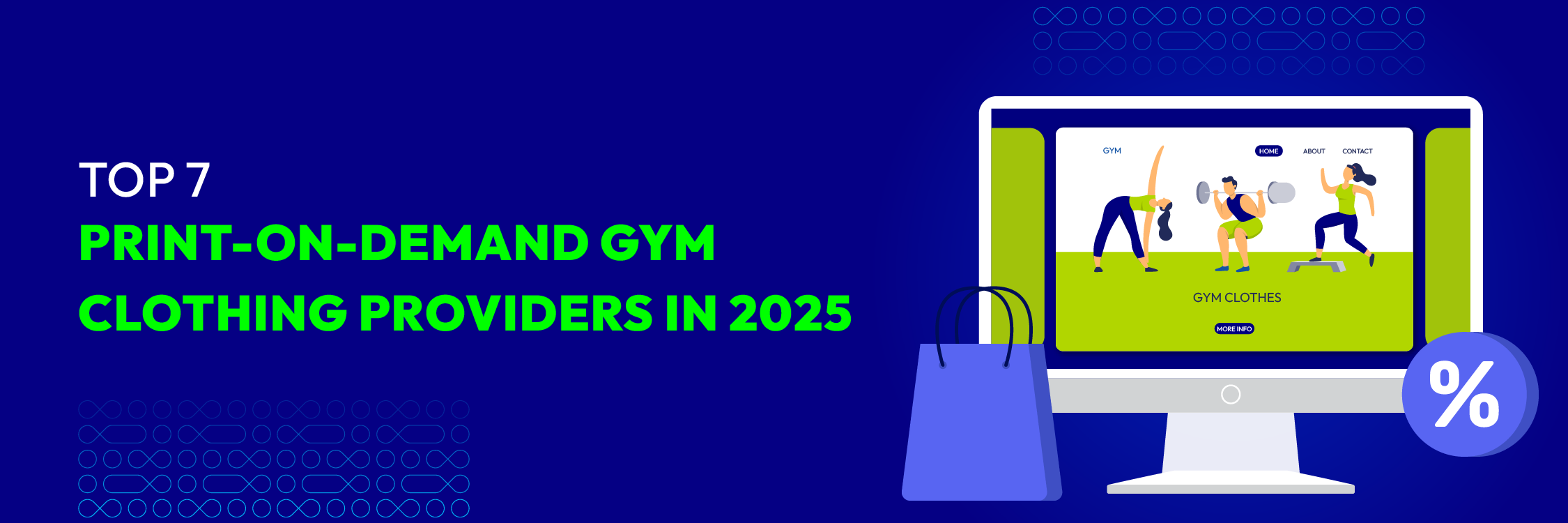How to Make a Website to Sell Stuff: A Comprehensive Guide to Creating an Online Store
Summer Nguyen | 12-18-2024

Are you looking to break into the bustling ecommerce market but unsure where to start? With countless online stores vying for attention, the thought of setting up your own ecommerce site can be overwhelming. How do you distinguish your store in such a crowded field? What are the key steps to not only launching an online shop but ensuring it can stand out in such tough competition?
This guide is tailored to help you navigate these challenges. It lays out a clear, step-by-step process to build a robust ecommerce website, from choosing the perfect domain name to optimizing the shopping experience. Equip yourself with the knowledge to create a digital storefront that not only attracts customers but also converts their visits into sales.
Steps to Start Your Ecommerce Business Website
1. Define Your Website’s Purpose and Target Audience
To successfully launch your ecommerce business, it is crucial to understand and connect with potential customers who are genuinely interested in purchasing your products. Here are the steps to take before you begin online sales:
- Target Audience: Understand who is most likely to purchase your physical goods, software, or services. Study their typical behaviors, challenges, objectives, traits, and demographics. Develop a buyer persona to guide your future decisions.
- Competitor Analysis: Investigate who else is vying for the same online shoppers. Conduct both a competitive analysis and market analysis to better understand your position and carve out a niche for your business.
- Self-Assessment: Reflect on what sets your company apart and what you can uniquely offer to potential buyers. Perform a SWOT analysis to evaluate your business’s strengths, weaknesses, opportunities, and threats, and determine your unique selling proposition.
2. Select Domain Name and Web Hosting Service
Numerous small business owners start their online selling journey by creating an ecommerce website using a specialized website builder. Here are the critical steps to get your ecommerce site up and running:
- Domain Selection: Choose a domain name that acts as your unique digital address. Opt for a domain that is short, easy to brand, and easy to remember. After selecting an available name, proceed to purchase and register it.
- Website Builder Choice: Evaluate various ecommerce website builders to find one that best suits your business requirements. Whether you choose Shopify, Squarespace, WordPress, or another platform, ensure it includes comprehensive ecommerce functionalities. Shopify, for example, is well-regarded for integrating all ecommerce aspects from web hosting to inventory management under one roof.
- Secure Web Hosting: Web hosting involves using hardware and software to serve your website to users. You will need to rent space on a server, typically through monthly or yearly plans. Hosting costs can vary, generally ranging from $5 to $50 per month, based on your specific business needs.
3. Develop and Design
Website builders such as Shopify, Wix, Weebly, and Squarespace provide content management systems (CMS) that facilitate the creation of a custom-designed site.
Here are several important factors to keep in mind when designing a website:
- Audience-Target Design: Effective website design for small businesses means adopting a visual style that resonates with your target audience. This includes choosing appropriate colors, icons, fonts, and graphics. You can draw inspiration from existing ecommerce designs or use a pre-designed ecommerce template from your CMS.
- User-Friendly Interface Development: The user interface (UI) encompasses the layout, design, and interactivity of your ecommerce platform. It’s crucial that your site’s UI provides a smooth and intuitive experience across devices like computers, tablets, and smartphones. Platforms like Shopify offer templates designed to guide customers smoothly from product discovery to checkout.
- Engaging Content Creation: The content of your ecommerce site should include detailed product descriptions, images and possibly a blog or multimedia content to educate customers about your offerings. Additionally, allowing customers to review products on your site can serve as social proof to attract future buyers.
4. Optimize for Search Engines
SEO - search engine optimization - is crucial for enhancing the visibility of your online store in search engine results. Here are some methods to boost your SEO rankings when creating a website for sales:
-
Understand SEO Fundamentals: SEO is a form of digital marketing aimed at increasing your website’s ranking in search engine results pages (SERPs). Enhance your SEO by focusing on content writing, optimizing your on-page elements and integrating backlinks within your site to improve visibility in SERPs. Utilizing an SEO checklist can help you maintain high standards in your SEO efforts.
-
Conduct Keyword Research: Keywords are words or phrases that internet users enter into search engines. With keyword research tools, identify terms that are relevant to your business and craft content to match these search queries, thereby improving your visibility in search results.
-
Implement Google Analytics: Google Analytics is a no-cost tool that tracks web traffic and analyzes user behavior on your site. It’s useful for monitoring key performance indicators such as the amount of time visitors spend on specific pages, the devices they use, and the sources of your site’s traffic, including search engines, social media, or direct links from other websites.
5. Launch and Market
Once your website is set up and optimized for search engines, it’s time to launch and start selling products online. Here are strategies to effectively market your new ecommerce store:
-
Select Sales Channels: Sales channels are the paths through which you connect with your customers. Options include targeting the business-to-consumer (B2C) market, the business-to-business (B2B) market, wholesaling or leveraging platforms like Google Shopping that direct online searchers to your site. Utilizing multiple sales channels can open up various revenue streams.
-
Social Media for Promotion: Social media marketing can increase traffic to your store, enhance brand visibility, and facilitate direct engagement with prospects. Regular posting and interactive engagement with users can help establish a connection with the vast number of social media users. Tools for managing social media can assist with these tasks. Platforms like TikTok and Instagram are particularly effective for businesses that benefit from referrals or word-of-mouth marketing.
-
Encourage Customer Reviews: Gathering positive customer reviews can boost the confidence of potential buyers, while negative reviews offer valuable insights for improvement. Encourage feedback by sending out customer satisfaction surveys via email or requesting that customers review their purchases on your product pages. It’s noted that 84% of shoppers equate the trustworthiness of online reviews with personal recommendations.
6. Monitor and Improve
After launching your website, ongoing improvements are essential. Here are three effective strategies to continuously enhance your site:
-
Add Ecommerce Plugins: Utilize plugins from your ecommerce platform, like Shopify, to expand your website’s capabilities. For example, you can add shipping apps from the Shopify App Store that help with estimating shipping costs or printing shipping labels to enhance your store’s functionality.
-
Regularly Update Content: Maintain an engaging and fresh website by consistently adding new content such as blog posts, videos, or new product listings. This not only keeps your audience engaged but also boosts your SEO efforts and helps guide customer purchasing decisions.
-
Offer Customer Incentives: Attract and retain customers by introducing perks. Consider implementing loyalty programs, distributing discount codes through email newsletters, or offering payment plans like buy now, pay later options, which allow customers to spread out payments over time.
Use analytics tools such as Google Analytics and the analytics features of your site builder to track how customers interact with your store. Leverage this data to refine your marketing strategies, develop new products, and enhance your site’s search engine performance.
Wrap-up
In conclusion, establishing a successful e-commerce business involves more than just launching a website; it requires a strategic approach from identifying your target audience to optimizing your online presence. By following this step-by-step guide, you can create a user-friendly and engaging e-commerce site that attracts visitors and converts them into loyal customers. Continual enhancements and responsive marketing strategies will keep your store competitive and thriving. Commit to understanding your market and refining your offerings, and you’ll set the stage for sustained success in the bustling e-commerce marketplace.






